Learning Objectives
- The structure and elements of a blockchain network, including how decentralization works
- The benefits of using blockchain technology and how to determine whether blockchain is the right solution for your business
- Decentralized finance, apps, and exchanges, including Bitcoin wallets and exchanges
- Securitization of physical assets
- Laws and regulations related to the financial applications of blockchain, including how security tokens are regulated
- Blockchain applications in the insurance industry
- How to create private blockchain networks using Ethereum
- Bitcoin cryptomining and its relation to PoW consensus mechanisms
- How to build secure smart contracts, including vulnerabilities in smart contracts and how to mitigate them
- Privacy and confidentiality in blockchains
- Permissioned and permission less blockchains
- Decentralized autonomous organizations (DAOs)
- Hashing and consensus algorithms and their role in blockchain networks, including PoW and proof-of-stake consensus mechanisms
- Digital currencies, including different types of cryptocurrency assets, the tokenization process, and how leading cryptocurrencies (e.g., Bitcoin, Altcoin, Litecoin, Zcash) work
- Initial coin offerings vs. initial public offerings
- How blockchain works in the financial sector and common blockchain use cases in finance
- The basics of how Solidity and Ethereum work and the elements of the Ethereum ecosystem
- The structure and components of the Bitcoin network and how it works
- Bitcoin’s limitations, variants, and clients
- Formal verification of smart contracts
- Blockchain as a Service
- The basics of the Hype ledger Fabric framework
- Introduction to blockchain projects (including Fabric, Iroha, Burrow, and Indy)

























